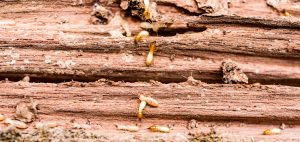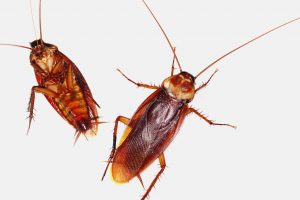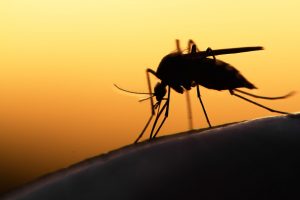
The hemlock, a popular pine tree located in many parts of North America and Asia, faces a serious threat according to ecological scientists. One would imagine that the threat to these large, ancient trees must come from giant predators or perhaps from disease. However, the truth is that these trees are threatened by bugs so tiny that they can’t always be perceived by the naked eye: Asian insects known as hemlock wooly adegids.
The Hemlock Wooly Adelgid
The Asian hemlock wooly adelgid is a tiny, invasive insect that inhabits the northern hemisphere. Feeding on trees daily, the wooly aldegid is responsible for the destruction of thousands of trees every year, and is an extreme ecological threat to the survival of the hemlock species. According to the Department of Agriculture in Pennsylvania, this insect has been found in large numbers in one of the state’s largest national forests. The mere existence of the insect, even in small numbers, can translate to a host of uncontrollable problems for the forest, as this insect is known to reproduce and spread rapidly.
According to experts in Pennsylvania, tens of thousands of trees (some over 400 years old) could be destroyed within the next five to ten years. Although this devastation could be lessened through proper aldegid control methods, the insects grow quickly and are somewhat difficult to control, so many trees may still suffer. Many old-growth hemlocks in the Great Smoky Mountains have been wiped out by these insects, and 95 percent of the hemlocks found in Shenandoah National Park in Virginia have fallen prey to the same fate. Many experts fear that the forests in Pennsylvania and other surrounding states may be affected over the next few years.
Controlling The Hemlock Wooly Adelgid
The wooly adelgid is a sap-sucking insect, brought in from Asia in the mid to late 1950s. In small numbers, the insects and their eggs can be destroyed by hand. Since this is virtually impossible to do effectively in large national forests, other methods are employed for controlling the insects in such areas. Pesticides may be sprayed in the area where hemlocks reside; however, the wide use of chemicals may be harmful to other neighboring plants. Introducing predatory beetles that feed on wooly aldegids may also help the problem. Both of these approaches are often difficult to fund, however, as the costs of using these strategies increases with the size of the land.





